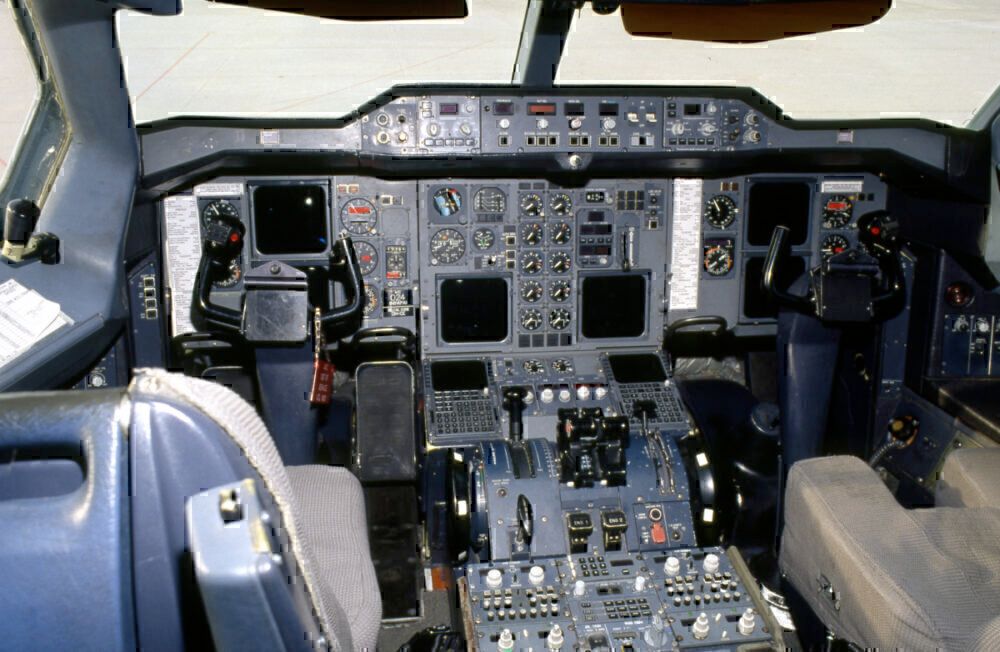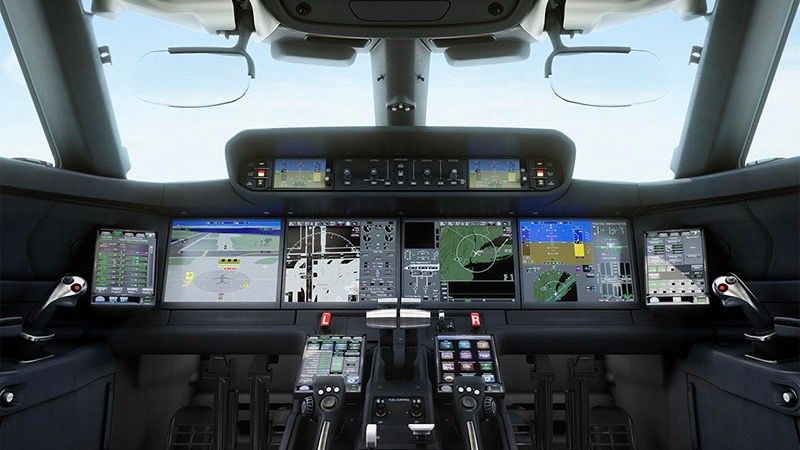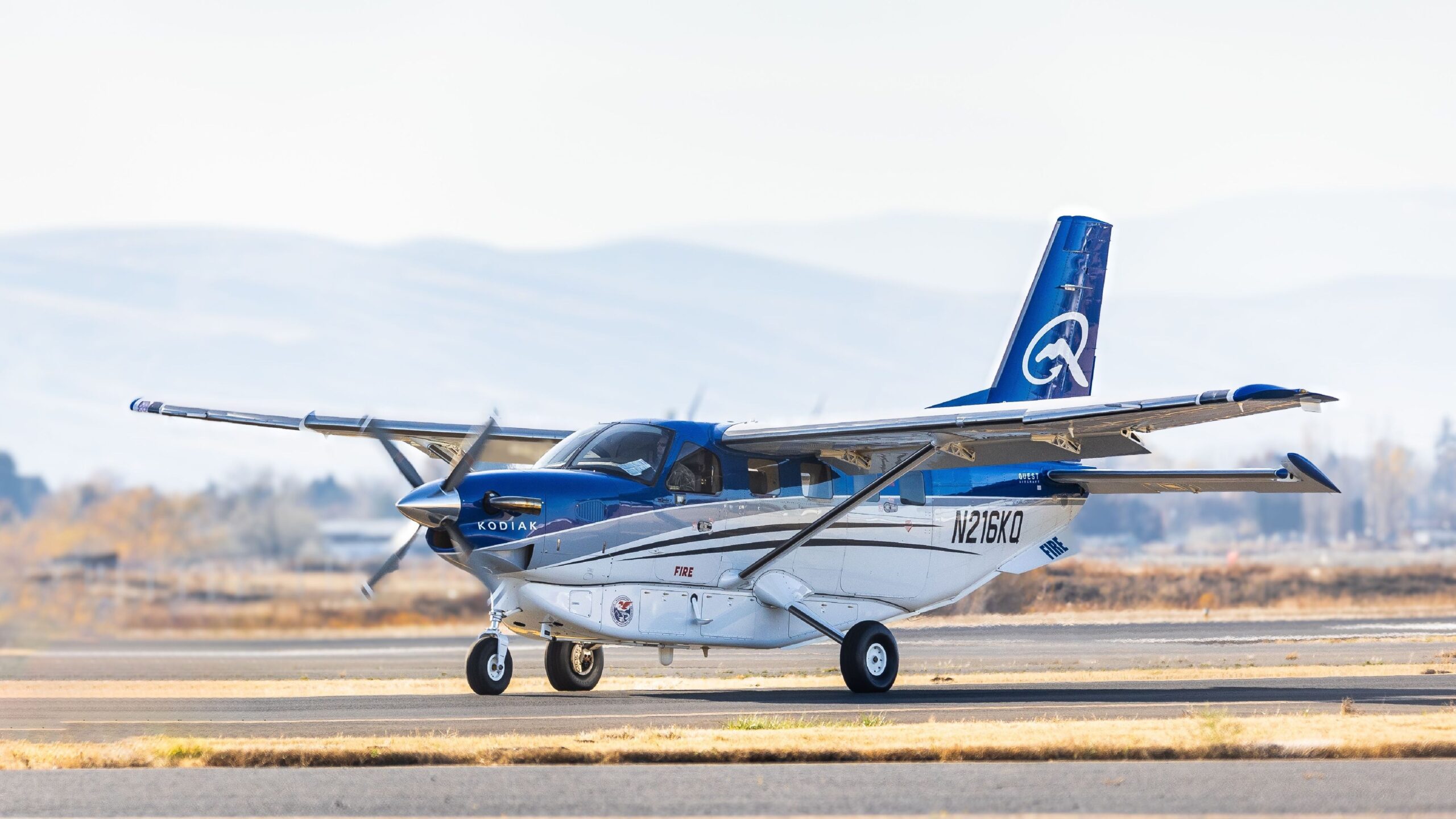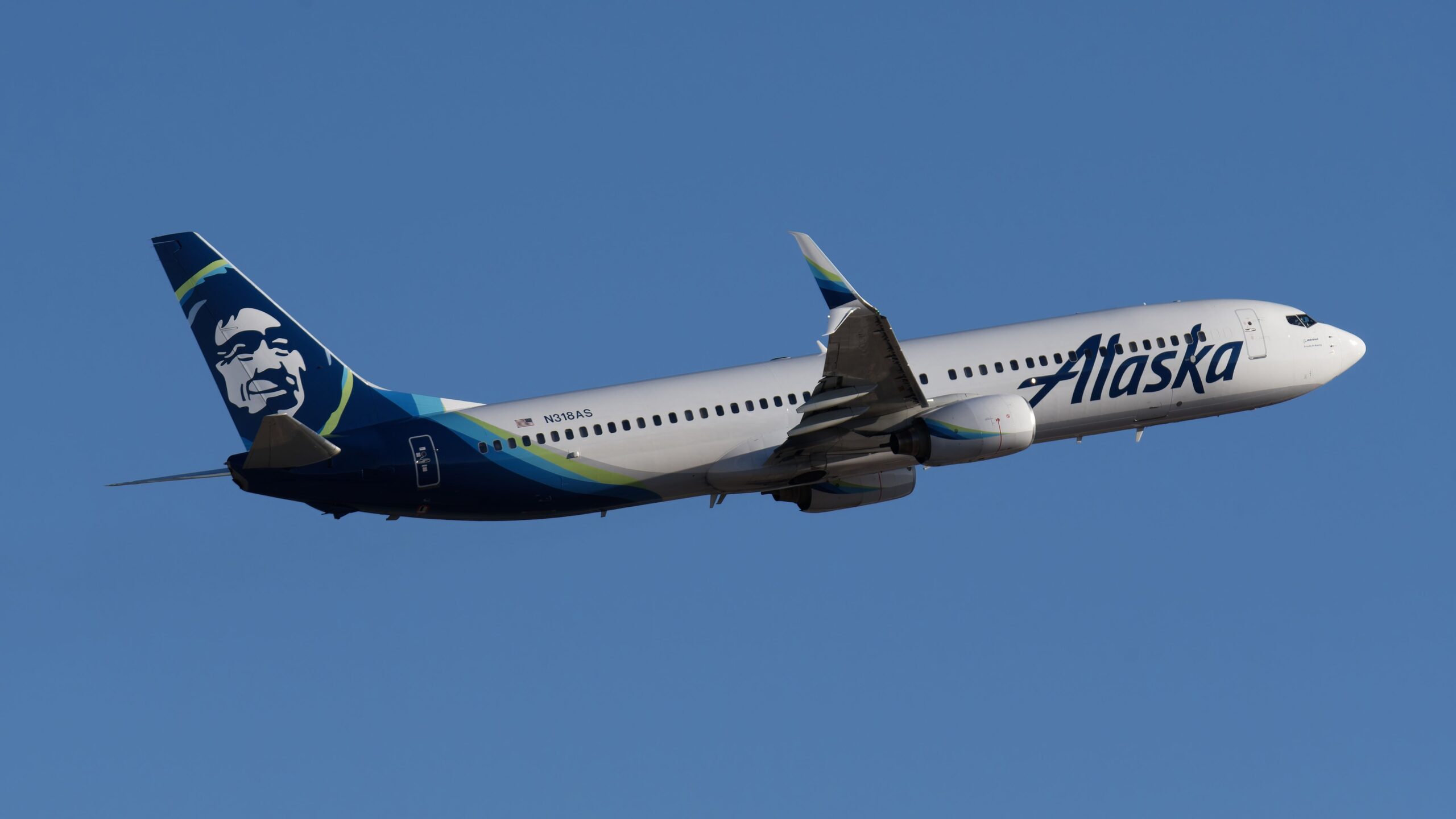Summary
- Cockpits have evolved from basic analog instruments to digital displays, improving safety and reducing workload.
- Glass cockpits, introduced by Airbus A310 in 1982, replaced analog gauges with electronic displays.
- Future cockpit innovations may include LCD technology, touchscreen controls, and eye-tracking systems, posing challenges in data handling.
Cockpits – the area where pilots operate the plane – like other parts of an aircraft, have seen continuous improvement and transformation over the years. They have undergone significant changes in design, reflecting advancements in aviation technology, which have led to the streamlining of tasks alongside reducing workload.
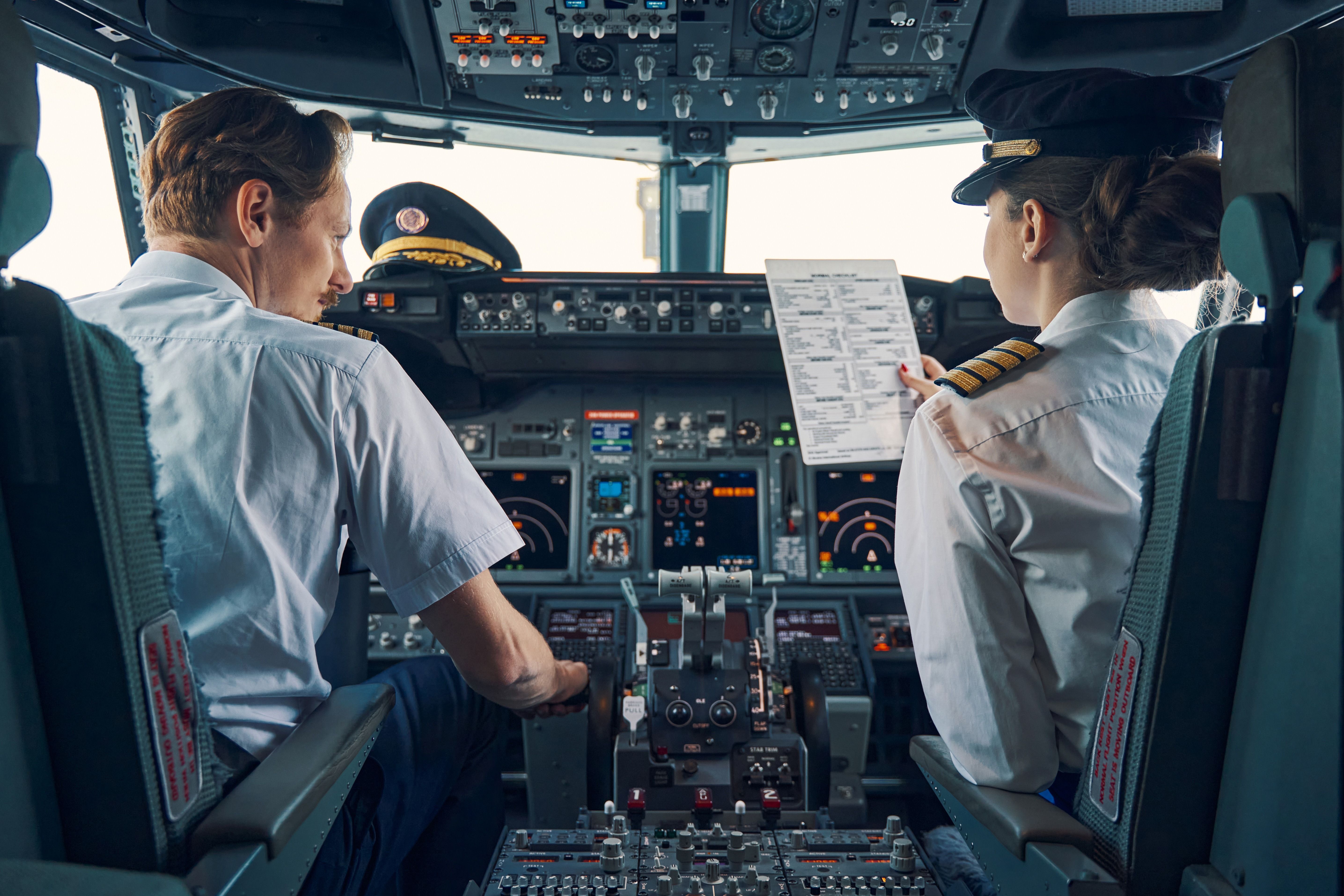
Related
How The Advent Of Glass Cockpits Reduced The Need For Flight Engineers
Technological advancements in the cockpit enable modern aircraft to fly with only two pilots.
From its early days of being equipped with analog devices, cockpits have now evolved into ones with digital displays. Automation, multifunctional screens, intuitive controls, and automation are all part of the modern-day cockpit. But how did this transformation occur? Let’s dig in deeper into how airline cockpits have evolved over the years.
The earliest cockpits only had some basic instruments
In the early days of aviation, cockpit design was rudimentary. Pilots had only a few instruments to provide basic information. The first aircraft cockpits featured:
- Simple dials
- Gauges
- Mechanical controls.
Pilots relied on visual cues such as landmarks and celestial navigation. To aid with better and safer flight operations, there were up to five crew members, including flight engineers, navigators, and backup pilots. This was the case with the Boeing 314 Clipper.
Forwarding into the digital revolution that gave us glass cockpits
In the 1950s, the early days of aviation, pilots relied on analog instruments such as:
- Altimeters
- Airspeed indicators
- Gyroscopes.
Even though these gauges provided basic flight information, pilots, nonetheless, needed to interpret multiple instruments simultaneously. This was the case for the earlier models of the Boeing 737, which later transitioned into having complex cockpits:
“Boeing engineers later gave the 200s an enhanced autopilot and onboard flight computer technology. Then came the 737-200Adv, which sported upgrades such as HSI course selectors that operated using LNAV or ILS/VOR track data. Unlike subsequent versions of the 737, the 100s and 200s did not display metric altitude, although an optional digital metric altimeter was available upon request.”
The glass panel revolution forwarded by the Airbus A310
Furthermore, analog gauges in cockpits (of other aircraft, too) transitioned into digital “glass panel” instrumentation. Glass cockpits replaced traditional dials with electronic displays (CRT or LCD screens). This was the case with the Boeing 737-NG, which saw the introduction of glass cockpits in 1997. Stiff competition from Airbus, which introduced a flight deck design on the Airbus A310 in 1982, had helped push the transition into glass cockpits. key.aero reports:
“ Speaking of Airbus, their cockpit development has followed a similar path to their American rivals. Founded in 1970, the firm’s first aircraft was the A300 – it too featured a large number of dials. The European manufacturer was slightly quicker to adopt digital screens in their flight deck design philosophy than Boeing – its next aircraft, the A310 first used the technology in 1982.”
The cockpit of the Airbus A310 was equipped with:
- Three computers
- Synthetic data on the status of aircraft systems and alarms
- An electronic flight instrument system (EFIS) (with CRT screens)
- Control stations which provide pilot and co-pilot with essential flight control and navigation information
Photo: Delta Flight Museum
Glass cockpits also helped reduce the number of flight engineers. Glass cockpits and their further evolution have also helped make flying safe, as the number of accidents and fatal crashes has gone down after the introduction of such cockpits, airlineratings reported:
“This is best illustrated by the evolution of the Douglas DC-9 which first flew in 1965 into the latest model, the Boeing 717. In 1965, the initial DC-9 had a crash record of 1.26 Per one Million Departures (PMD). In 1980, an updated model, the DC-9 Super 80, later renamed the MD-80, had a crash rate of 0.43 PMD. From 1996 to 2013, the ultimate version, the MD-95, renamed 717 after the merger with Boeing, has had a perfect record.”
A display of simple diagrams of onboard systems as well as graphic charts in the cockpit of the A310 and other aircraft, which followed its examples, must have contributed to better safety. Although engine data indicators in the central area continued to use electromagnetic technology like before, the A310s had screens with a useful area of 5 x 5 inches (12.5 x 12.5 cm) – a revolutionary piece of technology of its time.
Photo: Gulfstream Aerospace
Cockpit innovations in the 21st century and beyond
Forwarding into the 21st century, technology only got better and cockpits saw the introduction of:
- LCD technology, which enables multiplying display settings.
- Enhanced displays, which provide real-time data and reduce cognitive load
- Touchscreen, which enables pilots to interact with the aircraft system.
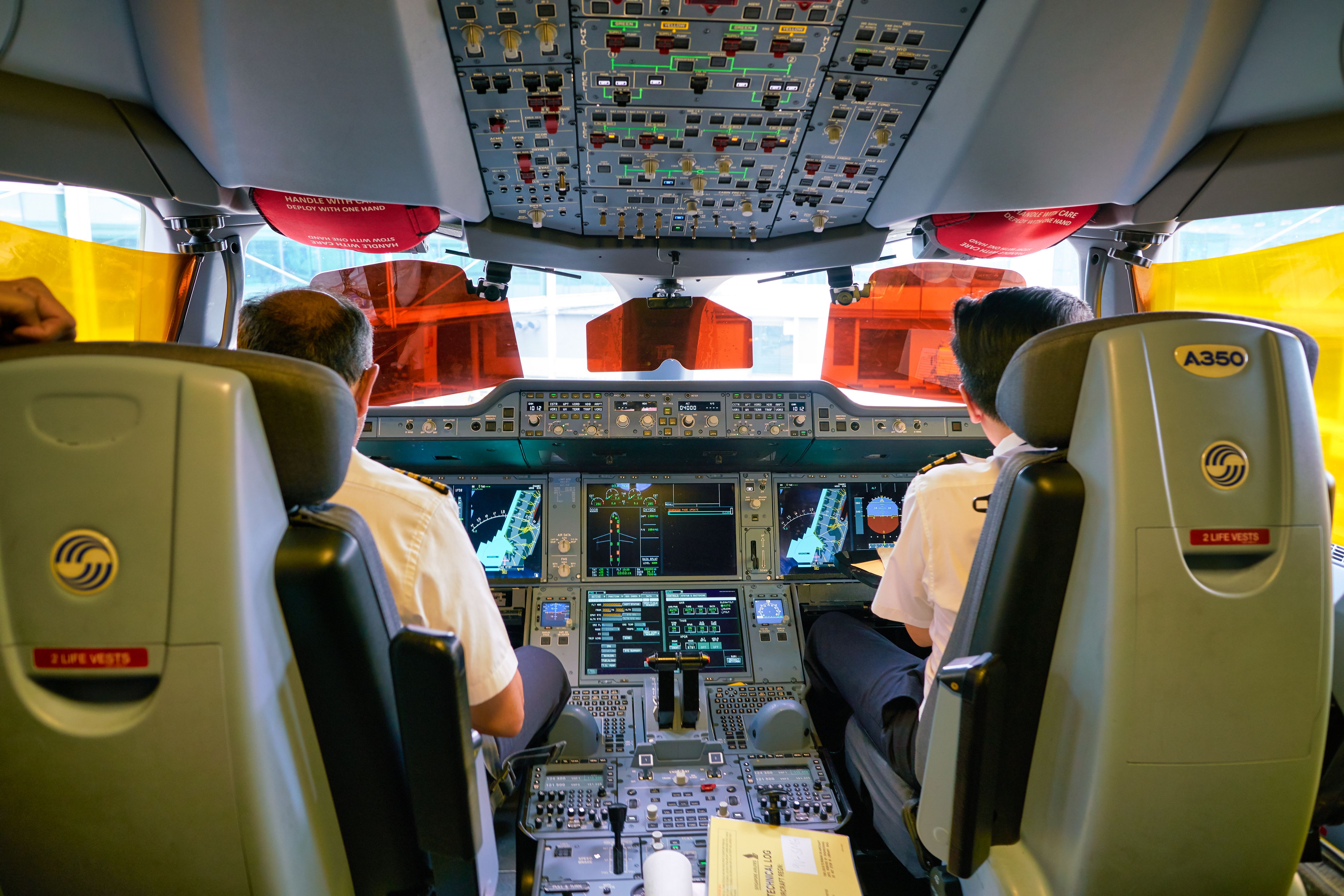
Related
Why Are An Aircraft’s Cockpit Doors Open During Boarding?
The cockpit is a busy place before takeoff
Heading into the future, eye-tracking, gesture-based controls, and neural interfaces may all be a part of the cockpit. As modern jets produce more data, handling them might be a challenge to be faced. Jacob Greene, a human factors engineer, raised his concerns about the issue to aerosociety:
“Pilot overload from the availability of increased data and sensor capability is a real threat. Simplifying data provision is a key human machine interface (HMI) design consideration integral to any future cockpit display and control system. Novel cockpit HMI technologies aim to provide greater display real-estate enabling pilots to view data through enhanced helmet mounted display (HMD) systems for heads-up viewing and a large area display (LAD) for increased display functionality and customisation, while offering improved methods of display interaction.”

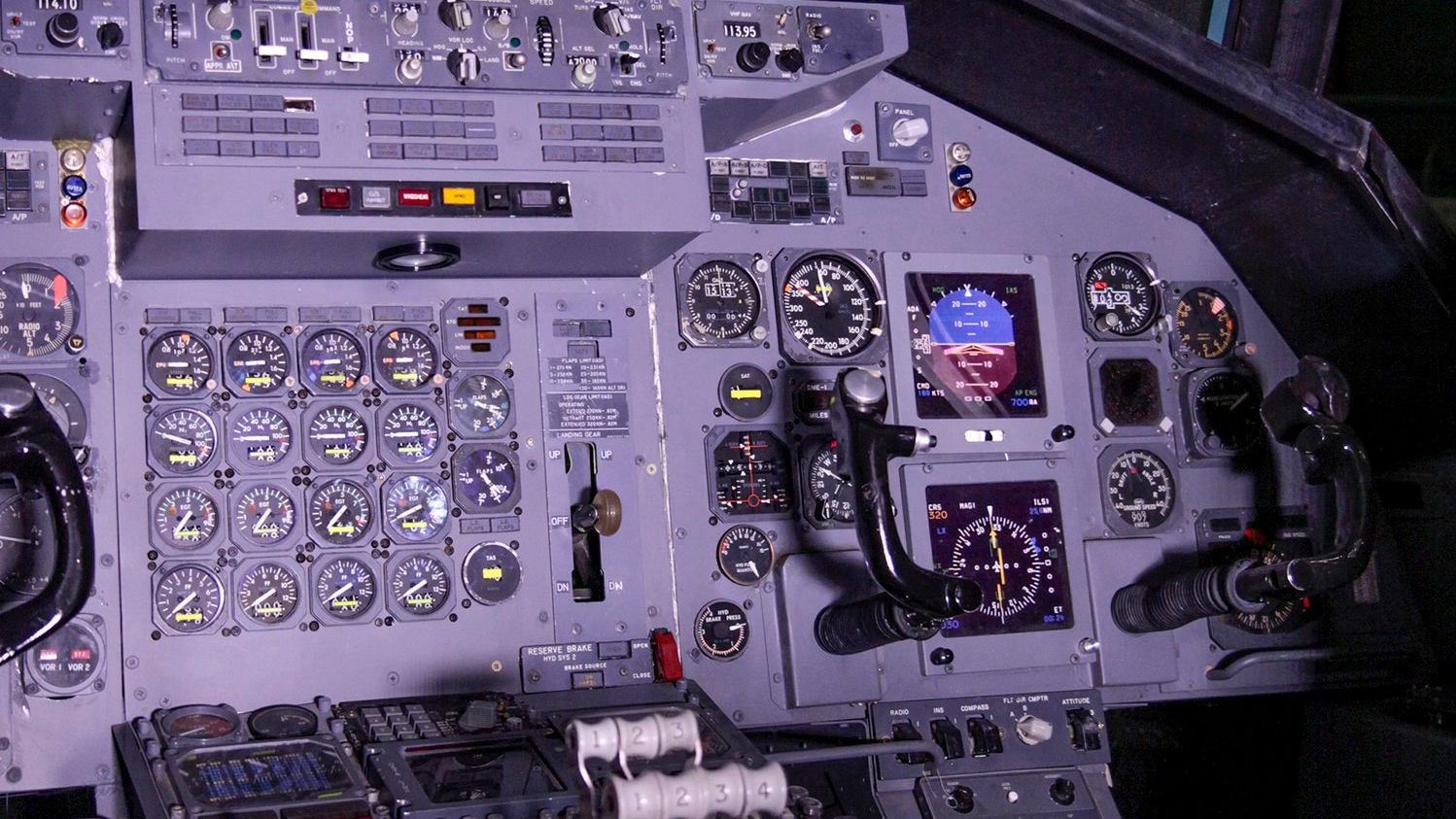
.jpg)
